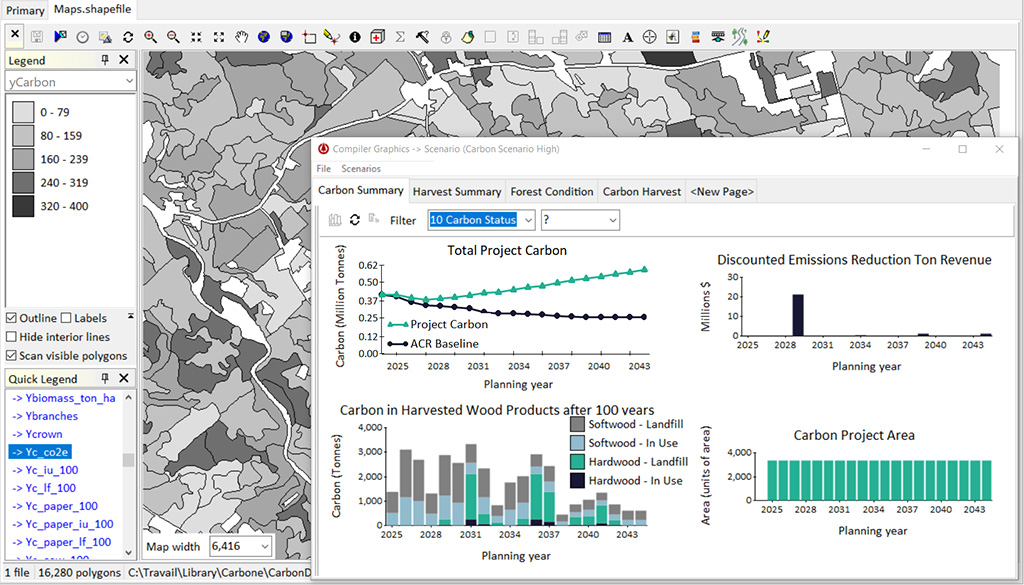Sustainable forestry management is the single best way to maximize financial returns while minimizing total harvest. With the right analytical tools, organizations can connect the demand side of the forestry equation with the activities roadside.
 No forest company should ever have to compromise on sustainability.
No forest company should ever have to compromise on sustainability.
That strongly held belief is what propelled Ugo and I to create Remsoft over two decades ago and it remains the focus of our company as we continue to expand into new markets and welcome new customers from around the world.
Forestry is a complex business. It requires a product that can take years or decades to reach maturity, ongoing management of public and private lands, negotiating your way through a heavily regulated environment and confronting fierce global competition in an industry with famously low margins. That’s the everyday for forestry companies.
It’s why everyone at Remsoft works hard to ensure every tree counts, whether it’s in the boreal forests of northern Canada, native eucalyptus in Australia or the plantations of Brazil. We know that every decision you and your team make from the moment a tree is planted to the day of harvest, contributes to the value of the end product.
Sustainable forestry management is the single best way to maximize financial returns while minimizing total harvest. Over the years as we have travelled around the world meeting with clients and visiting their woodlands, Remsoft team members have become experts in developing analytical tools to connect the demand side of the forestry equation with the activities roadside.
Our software solutions operate across three dimensions: biological and ecological factors, spatial considerations and time. It allows our clients to analyze the impact multiple factors can have on the value of land holdings over the short, medium and long-term. This can be particularly important when it comes time to harvest, which can account for up to 60 per cent of product costs. Remsoft can help significantly reduce your delivered wood costs – no more half-empty trucks on the roads or potentially high value saw logs diverted to the pulp mill.
As I like to tell our clients, we don’t tell you how to manage your forests; we give you the ability to see the full picture so you can make the right decisions for the sustainable growth of your company and the forests you manage. This leads to reduced operating costs, improved inventory levels, increased harvesting, fewer transportation bottlenecks, reduced financial risk – and more sustainable use of our natural resources.
The demand for sustainable management practices is growing. What started as an answer to consumer demands is now a question being asked by a growing number of investors. Earlier this year I attended the RISI Forest Investment Conference in New York City; impact investing and sustainable forestry practices was a common theme. As the fund managers in the room explained, their clients are increasingly looking to use their wealth to address complex global issues, such as climate change.
The forestry sector is well-placed to take advantage of this emerging group of sustainably-minded investors. First, forests are a renewable natural resource. Second, forests are natural reservoirs of organic carbon and can be used to manage and conserve carbon or sequester additional carbon from the atmosphere. Third, forests are a source of bioenergy and help reduce carbon emissions in the biomass, fiber and structural material markets.
Remsoft’s solutions can calculate the amount of carbon being stored in your woodlands and calculate its value to ensure you maximize financial results.
Clean the air, protect local ecosystems, reduce carbon emissions and make a profit doing it.
No compromises.




